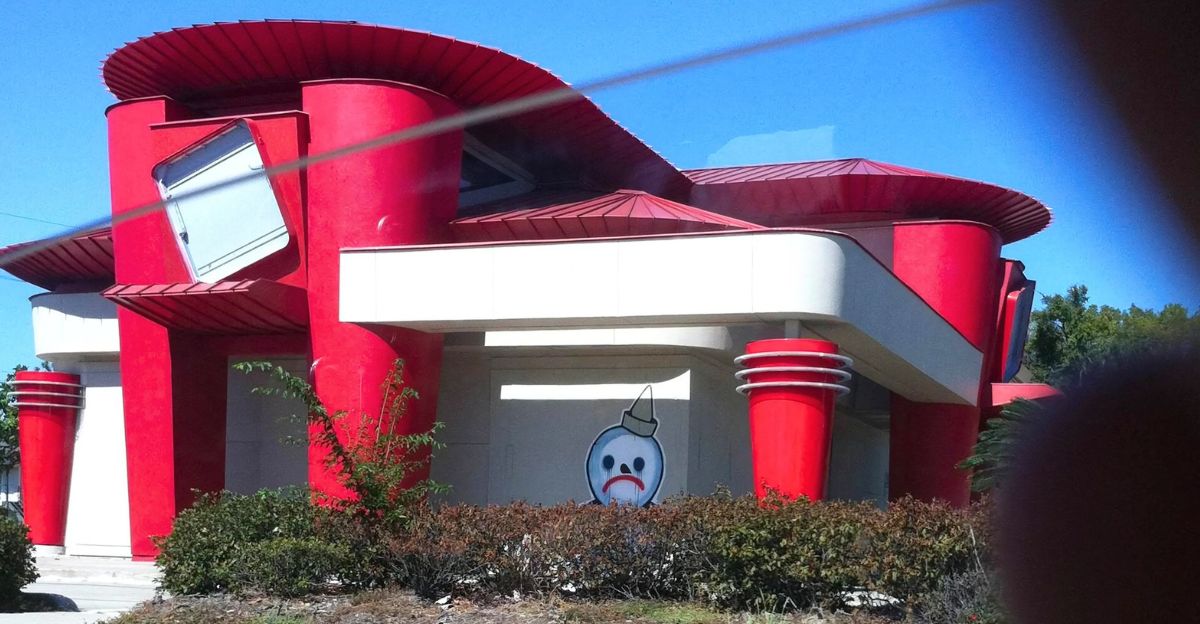
The American restaurant scene is shifting fast. While many assume only underperforming eateries are at risk, even chains with growing sales are closing locations. Economic headwinds this year have created a tough climate: inflation, supply chain problems, and changing customer habits are forcing chains to make painful decisions.
Post-pandemic behaviors haven’t faded; they’ve evolved. Delivery dominates, dining out is a luxury, and profitability is under pressure. And now, one popular US restaurant chain is slashing its footprint despite signs of growth. So, why are they shutting down locations, and which communities will feel it the most?
Restaurants Are Closing Everywhere — Not Just One State
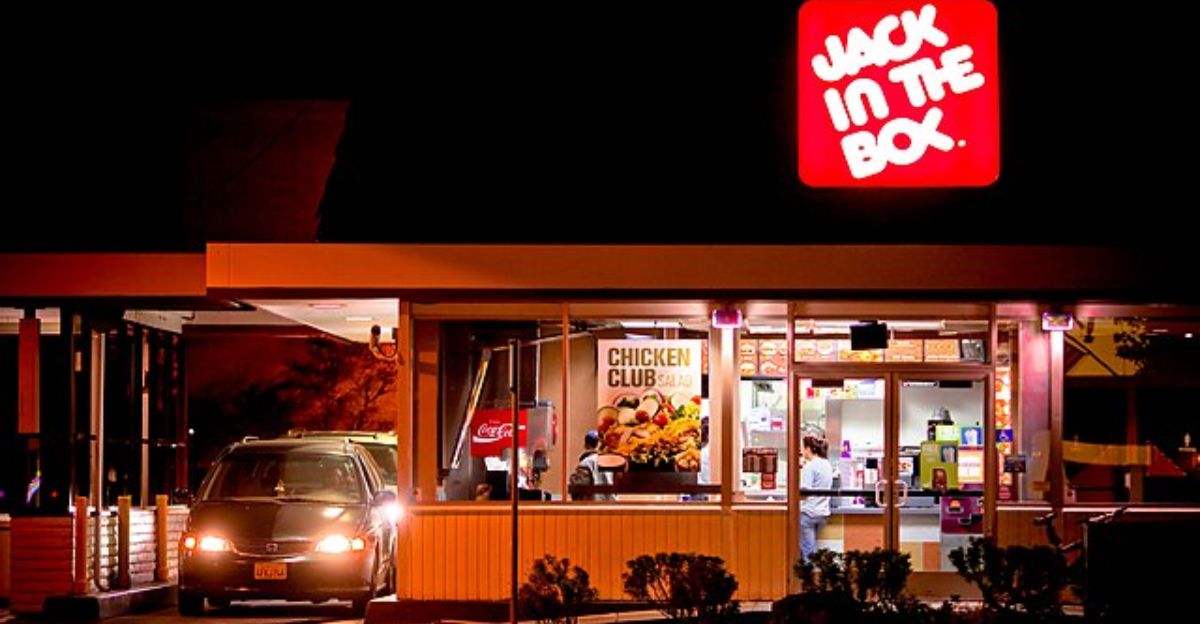
Restaurant closures are hitting several states across America, proving this is a nationwide shake-up. Fast-casual and fast-food spots are especially vulnerable. Jack in the Box plans to shut 150–200 locations, almost 10% of its total.
This widespread contraction highlights deeper issues in the industry, not just individual struggles. It’s happening across all price points, from budget chains to casual dining favorites. Understanding this big picture helps explain why beloved brands are retrenching, setting the stage for how the industry is evolving under pressure.
How Fast-Casual Went From Trend to Tradition
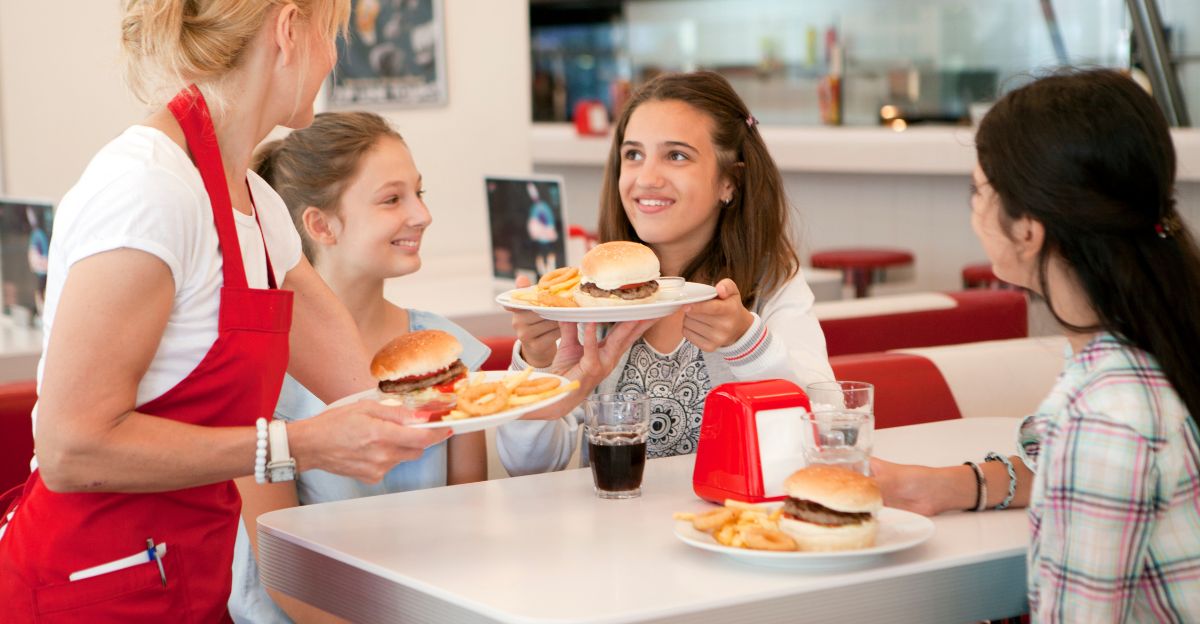
Fast-casual restaurants transformed dining in the ’90s by mixing quick service with fresh, customizable food. A Denver-born chain, for example, introduced noodle dishes that expanded America’s palate beyond burgers and pizza. These restaurants became more than meals, they turned into local hangouts where families and students gathered. This shift made fast-casual a staple in neighborhoods, blending convenience with community.
But as tastes and habits change again, even these once-booming spots face fresh challenges, which we’ll explore next in the economic realities shaping the industry.
The Tough Economics Behind Dining Out Today

Rising food prices, marketing costs, and shrinking profit margins make running restaurants harder than ever. Delivery apps add another layer, charging up to 30% commission per order, often turning profitable meals into losses. Stanford research shows most delivery orders just shift customers from dining in, rather than adding new business. Even busy restaurants struggle to turn a sustainable profit in this new landscape.
These financial pressures explain why closures aren’t just about sales dips but deeper economic shifts, leading to strategic choices we’ll see reflected in specific chains’ recent moves.
So, Who’s Shutting Down Stores?
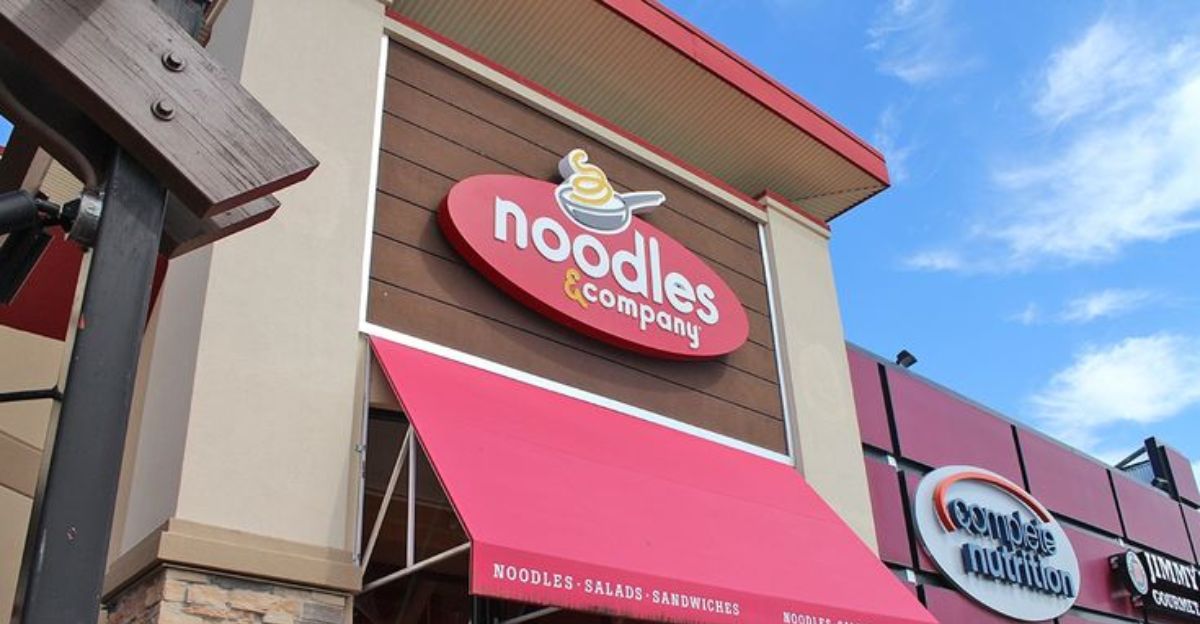
Noodles & Company is the latest fast-casual chain scaling back. The Colorado-based brand, known for its global noodle dishes like Pad Thai and mac & cheese, is closing up to 21 locations in 2025. That’s up from earlier estimates of 12–15.
Even with a 4.4% boost in same-store sales after a menu refresh, the company says strategic closures are needed to control costs. With 380 company-owned and 89 franchised locations across 31 states, this retrenchment shows how even growing brands are tightening belts, setting the stage for how these closures affect local communities next.
Communities Feel the Sting of Noodles’ Closures

Though specific stores aren’t named, closures will affect communities in 31 states, especially in the Midwest, Mountain West, and East Coast. Founded in Denver in 1995, Noodles & Company has been a neighborhood favorite, where customers gathered over dishes like Wisconsin Mac & Cheese and Pad Thai.
For many, these closures mean losing a familiar meeting spot, not just a meal option. This emotional connection shows the real impact behind corporate decisions and sets the scene for the leadership struggles behind the scenes shaping the company’s future.
Leadership Changes Add to the Struggle

Noodles & Company’s challenges aren’t just external. CEO Drew Madsen stepped in permanently in March 2024 after the company faced three quarters of declining same-store sales and nearly $10 million in losses in 2023. CFO Carl Lukach left in 2023, adding to executive turnover.
These leadership changes came amid a five-point turnaround plan focusing on operations, menu updates, marketing, digital growth, and financial health. The strain from these shifts reflects the intense pressure to adapt quickly while steering the company back to stability.
Fast-Casual Brands Battle to Stay Alive
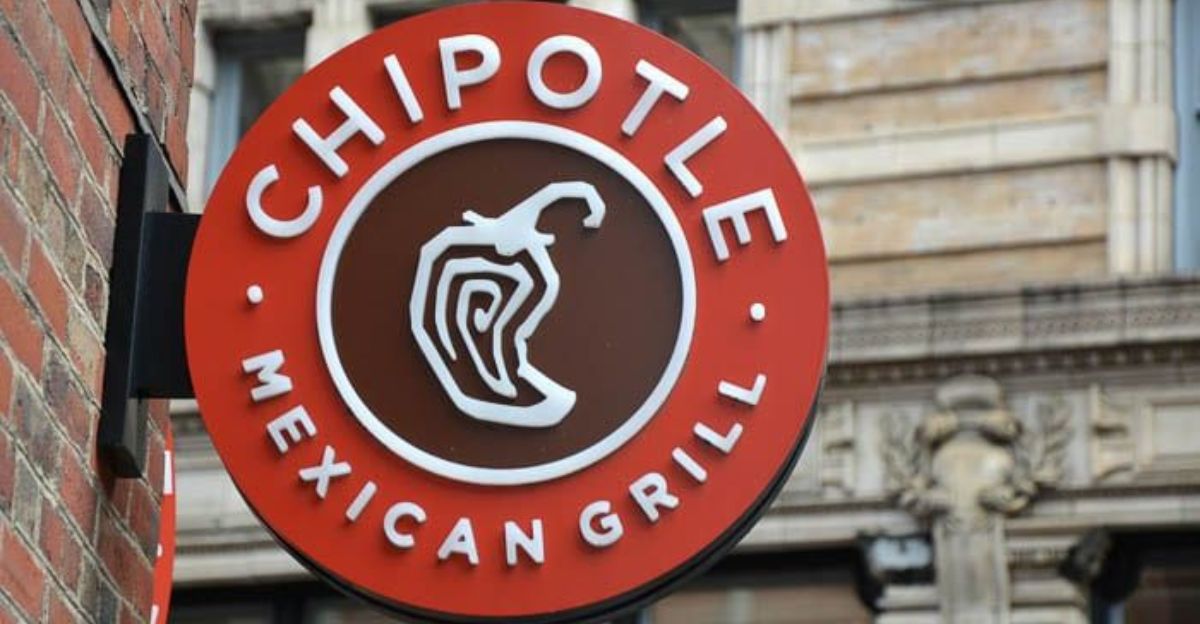
Noodles & Company’s difficulties mirror the fierce competition in fast-casual dining. While brands like Wingstop and Chipotle reported growth, others such as BurgerFi and Red Lobster have faced bankruptcy. Panera Bread stands out, with digital orders now making up 29% of its $1.2 billion revenue and delivery active in over half its stores. But others, like BurgerFi, Red Lobster, and Sticky Fingers, have filed for bankruptcy.
In a crowded field where costs are rising and consumers are cutting back, staying innovative while running lean has become a survival skill. Next, we look at how shifting dining habits are rewriting the rules.
Takeout and Delivery Are Changing Everything
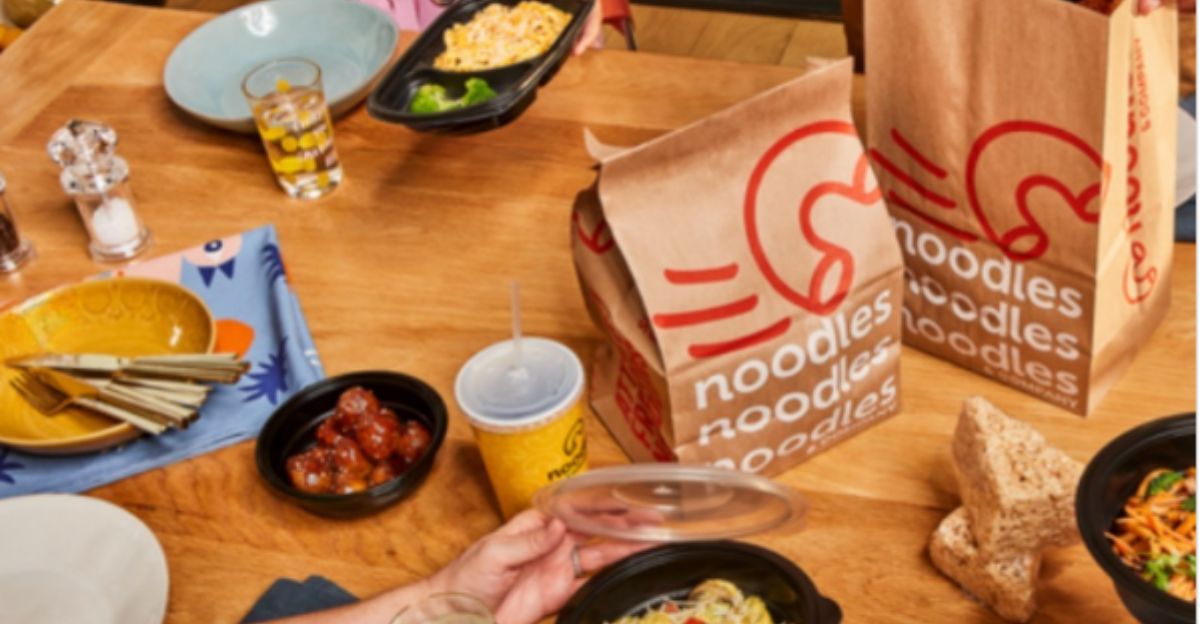
Nearly half of adults now order takeout weekly, with 37% using delivery services regularly, especially younger generations like Gen Z and Millennials, where usage is rising sharply. This shift demands restaurants rethink kitchens, packaging, staffing, and technology to meet off-premises demand.
Noodles & Company has boosted its digital tools and catering services in response, but investments are costly during a financially tight period. This off-premises revolution is reshaping not just how restaurants serve food but how they survive—and it will keep driving change across the industry.
